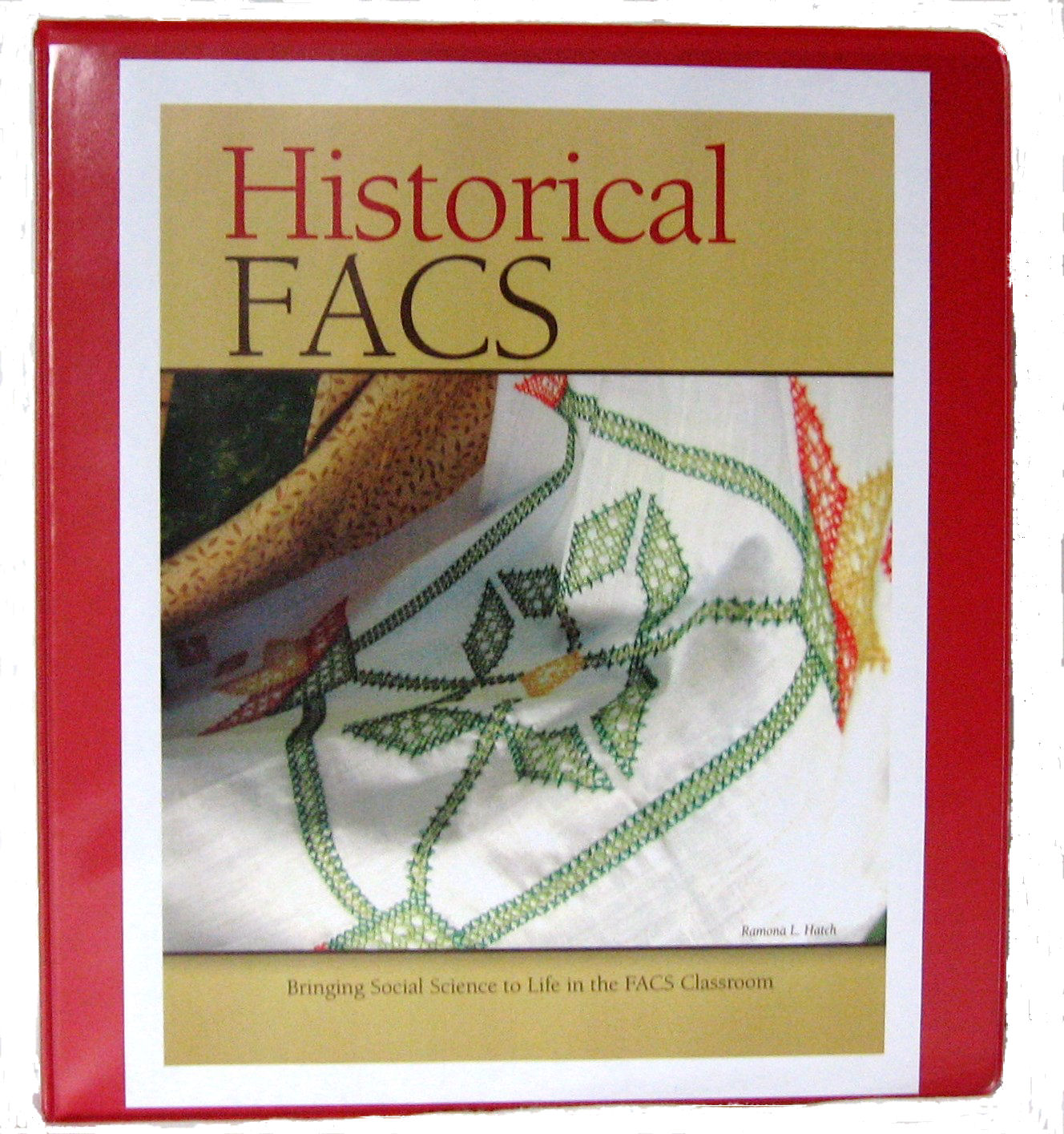This blog post was originally published on November 7, 2016 as the first in a fifteen-part series related to the 2016 Presidential election. Beginning today we will be sharing these posts again in hopes that our readers will find some historical info regarding past presidents and their food preferences for use in the FACS classroom. A new Presidential Palates post will be shared each weekday between now and Election Day on November 3. Please note that the concluding post of this series is a quiz based on the Presidential Palates series of posts.
This is the official conclusion to our Presidential Palates blog series highlighting the food preferences of twenty-four American Presidents. I thought it might be fun to provide a simple matching quiz to use with your students to measure what food facts they have retained from these posts. Just a reminder that the entire Presidential Palates series will be available as a free download on our website www.freshfacs.com later this week.
Presidential Palates
Culinary Quiz
Directions: Match the American Presidents on the left with their favorite foods.
Part I (1789 – 1933)
- George Washington A. Gingerbread cookies
- John Adams B. Roast turkey
- Thomas Jefferson C. Milk fresh from the cow
- Andrew Jackson D. Fried chicken with milk gravy
- Zachary Taylor E. Apple cider
- Abraham Lincoln F. All types of cheese
- Andrew Johnson G. Creole cooking
- Ulysses S. Grant H. All types of nuts
- James Garfield I. Macaroni and cheese
- Theodore Roosevelt J. Popcorn
- William H. Taft K. Squirrel soup
Part II (1933 – 2017)
- Franklin D. Roosevelt A. Cheeseburger Pizza
- Harry S. Truman B. Texas barbeque
- Dwight D. Eisenhower C. Grilled Cheese Sandwiches
- John F. Kennedy D. Pork Rinds and Tabasco Sauce
- Lyndon B. Johnson E. Chili
- Richard M. Nixon F. Chicken Enchiladas
- Gerald Ford G. Beef Stew
- Jimmy Carter H. Jelly Beans
- Ronald Reagan I. Rare beef steaks
- George H.W. Bush J. New England Clam Chowder
- Bill Clinton K. English muffins
- George W. Bush L. Cheese Grits
- Barack Obama M. Cottage cheese with ketchup
Answers: 1. H, 2. E, 3. I, 4. F, 5. G, 6. A, 7. J, 8. B, 9. K, 10. D, 11. C, 12. C, 13. I, 14. G, 15. J, 16. B, 17. M, 18. K, 19. L, 20. H, 21. D, 22. F, 23. A, 24. E

Don’t forget to vote tomorrow!

For more ideas for bringing history and social studies into your FACS curriculum, check out our resource Historical FACS on our website at www.freshfacs.com.














